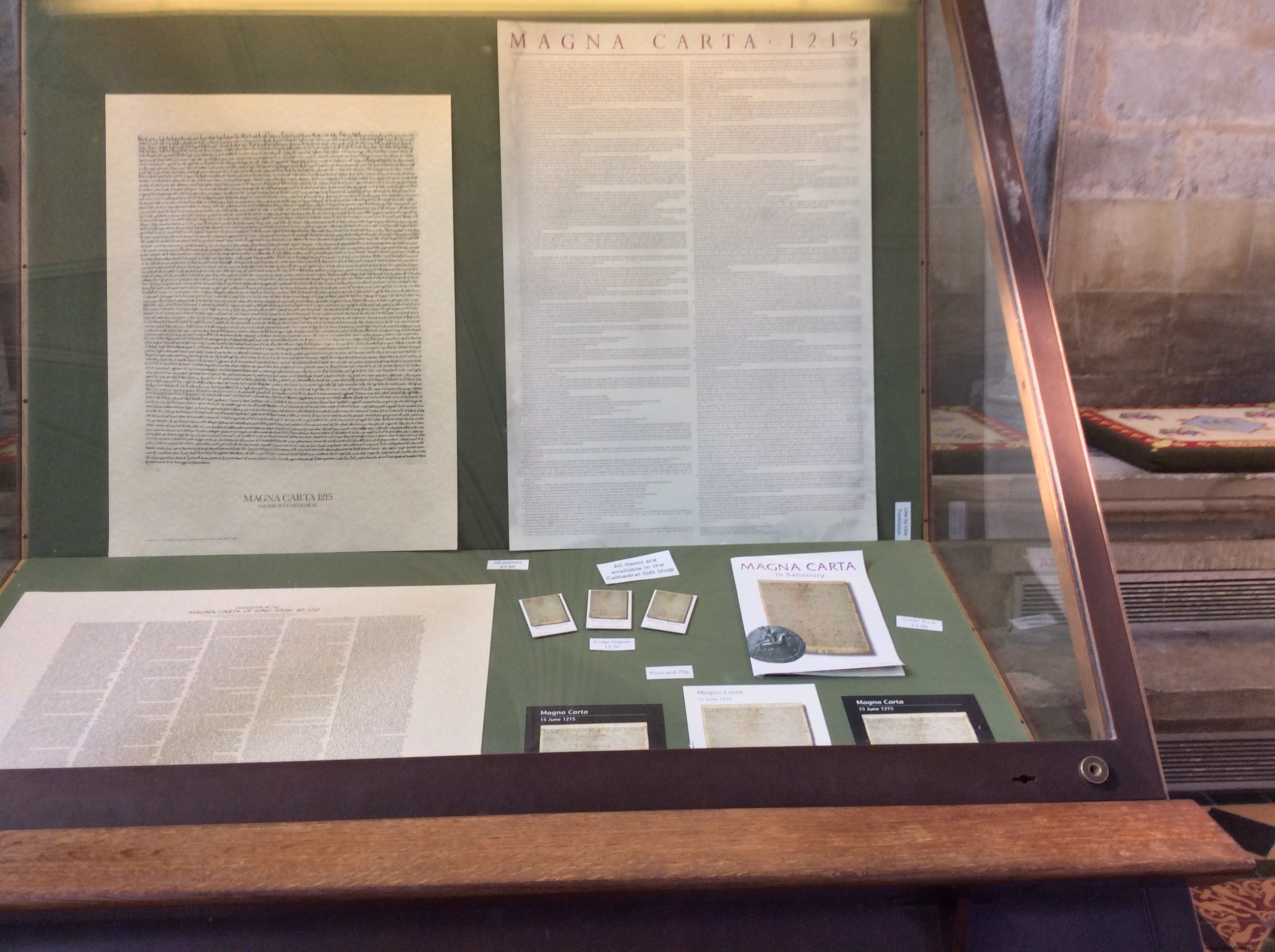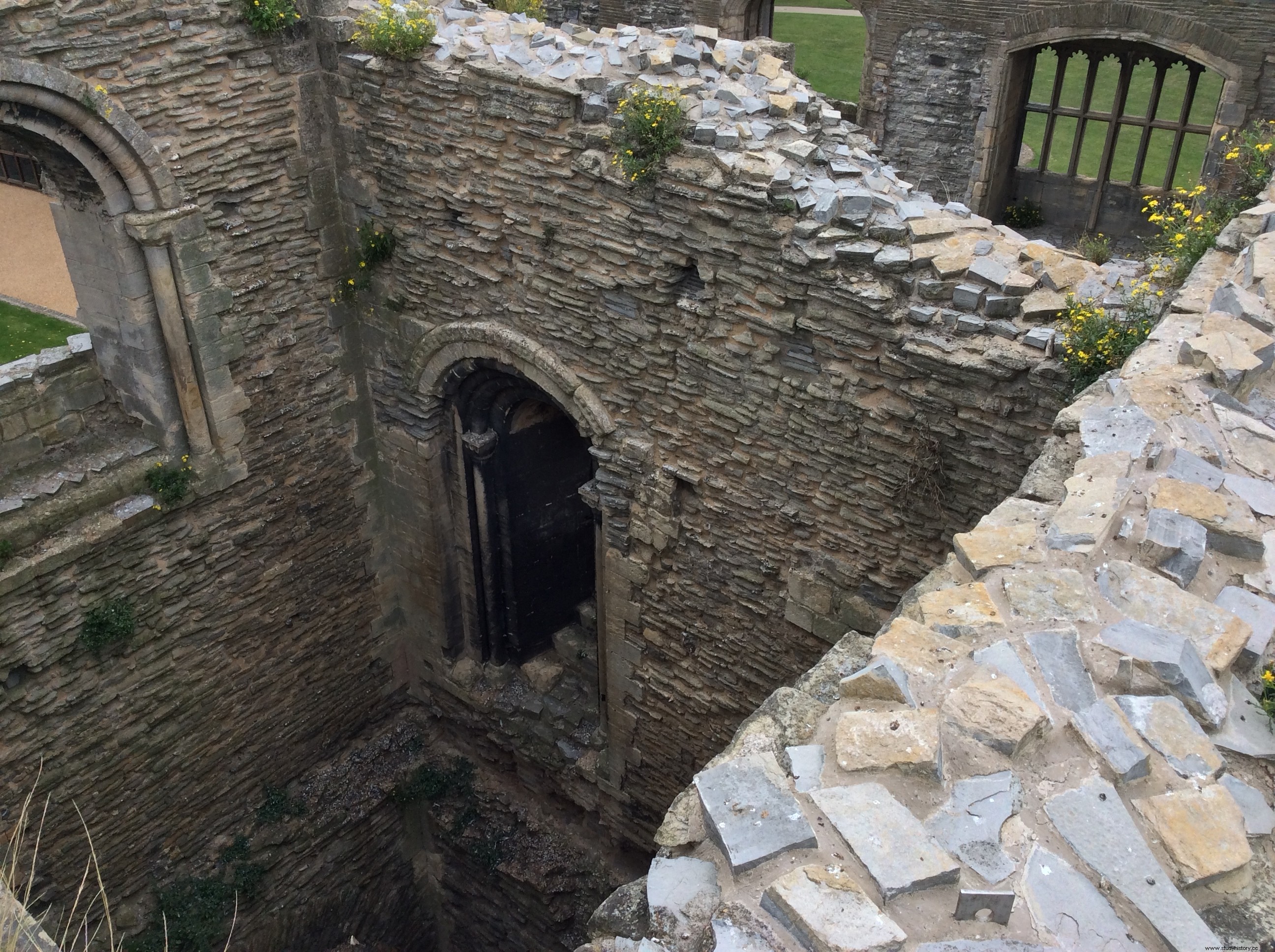The failure of attempts to conquer England (such as that of the Spanish Armada or the Battle of Britain in World War II) has contributed to the myth that British insularity constitutes an insurmountable defense for enemy armies since the Norman invasion of William the Conqueror in 1066, the last time a foreign force succeeded in conquering England. However, during the fourteenth and fifteenth centuries there were landings from the continent on four occasions that they sought and managed to depose the occupant of the English throne, although it is true that in some cases they had internal help. And a fifth invasion (in the thirteenth century) dominated much of the country and settled in London but ultimately failed. This is the story of "the other invasions of England."
I.- 1216-1217:Juan sin Tierra and Enrique III against the dauphin Luis de Francia.
In 1216 the situation in England was one of civil war between the unpopular King Juan sin Tierra and the main lords of the kingdom (both nobles and prelates). The many disappointments that more than fifteen years of reign of Richard the Lionheart's brother had caused (loss of the Plantagenets' possessions in France, problems with the papacy, brutal and unjust tax collections, excesses in royal justice, cruel murders of his political adversaries such as Arthur of Brittany or the Braose family...) erupted after the heavy defeat of an Anglo-Flemish-Imperial coalition against Philip of France at the Battle of Bouvines, on July 27, 1214.
John landless (who was not present in Bouvines, as he was held in La Rochellle by the army of the dauphin Louis) returned to an England indignant with the situation in which he had left the country. But not content with this, the king dared to demand a high and arbitrary tribute (one more) from the nobles who had not accompanied him on the French adventure. Of the two hundred or so great lords of the realm, about forty were openly hostile to the king and a similar number loyal to him; the rest were in the traditional "don't know/no answer" position. The question for the rebels was how to establish the limits of the hitherto absolute royal power. John and the disaffected nobles met for the first time in London in January 1215. There the king simply stated that he would put the matter in the hands of his new feudal lord, the pope, and wrote to Rome.
In the middle of June the rebels sent to the king a document known as "The Articles of the Barons" containing their claims reflected in forty-nine points. The discussions seemed to go on for a long time when, on June 15, the king appeared on the scene of the negotiation and put his seal on the document.
Thus, the rebels made the decision to accept it and on 19 June 1215 a ceremony took place at Runnymede in which the disaffected barons again swore allegiance to John Landless. The king, the rebels and other notables of the kingdom swore to respect the provisions contained in the agreement, which was called Magna Carta Libertatum, translated into medieval English as Magna Carta, which throughout the centuries was the constant reference for the main English regulations. and ended up reaching its American colonies and being one of the inspiring sources of the United States Constitution.

But from the very moment he put his seal on the Magna Carta, Juan sin Tierra did everything possible to annul its effects and to do so he had the support of Pope Innocent III who denounced the document as invalid and excommunicated its promoters.
The main strongholds of the rebellious nobles were the formidable Rochester Castle and the City of London. The insurgents had called the heir to the French throne, Luis, to offer him the crown of England (his wife Blanca de Castilla was the granddaughter of Enrique II and Eleanor of Aquitaine, so she could claim a certain right to the throne).
In October 1215, John had personally taken charge of the siege of the fortress of Rochester, which ended on November 25. During the Siege of Rochester, two of the leaders of the rebellion traveled to France to try to convince the Dauphin Louis to hasten preparations for the invasion of England. As they lengthened, Louis sent an advance party of one hundred and forty knights who could do nothing for Rochester and headed straight for London.
In early January 1216, a fleet of forty-one ships packed with French soldiers landed In England. But Luis postponed his landing in England until after Easter. Meanwhile, an approach by Juan sin Tierra to London on March 31 was forcefully rejected by the rebel forces. Anticipating the invasion from France, the English king pinned his hopes on meeting the invaders not on land but in the English Channel, attacking them before they managed to land. He sent letters to more than twenty coastal cities demanding that they send him all the ships they had, manned by his best sailors. The fleet assembled first at Folkestone and then at Dover and prepared to wait for the French.
But on May 18, 1216, a very strong storm broke out over the channel and destroyed most of the ships gathered by John without Earth, causing them to crash into each other. The vessels that didn't sink ended up scattered all over the English south coast, thwarting any chance of facing an invasion at sea.
Louis quickly caught on and decided it was his time. His haste caused his fleet to nearly fall victim to the same storm; in fact he even lost some ships. But on May 21 he landed at Stonar (near Sandwich) with a part of his force. Landless John heard of the landing, but made the mistake of not going to the scene immediately (he was expecting the arrival of a papal legate with news from his embassy), and when he reached Sandwich the next day he found the rest of the French fleet he had joined the dauphin.
Juan's initial intention was to fight there and attack the French on the beaches of Sandwich. But he changed his mind when one of his companions questioned the loyalty of the mercenaries who made up a good part of his army and he retired to Dover.
This allowed the French, who numbered around twelve hundred knights, to secure the beachheads and advance towards Canterbury. On May 31 they retook Rochester Castle and on June 2 they made their entry into London. And during the month of June, while he tried unsuccessfully to capture Juan sin Tierra, Luis was capturing castle after castle and city after city (some as significant as Winchester)

Only three great fortresses remained loyal to the king:Windsor, Dover, and Lincoln. Juan sin Tierra died without the rebellion reaching a conclusion on October 19, 1216. His son Enrique III inherited the crown, who was only nine years old when he acceded to the throne. The situation could not be more desperate, with the country in civil war and a French suitor installed in London. But the young king arrived under the protective shadow of a man of enormous ascendancy for all the nobility of the country:William Marshal (he had served Henry II and his sons Henry the Younger, Richard the Lionheart and Juan sin Tierra) . His biography, written in a certain hagiographical tone, quotes Marshal in such a solemn moment:«If everyone leaves the boy except me, do you know what I will do? I will carry him on my shoulders and go with him from island to island and from county to county, even if I have to scavenge to get my daily ration of bread."
So, Marshal prepared to seat the crown on the king's head child and for this the first thing he did was go to one of the main castles in the country, which was under siege by the combined forces of the rebels and the army of the French pretender. This castle was none other than Lincoln's and the one in charge of its defense was the formidable woman Nicholaa de la Haye who had not only refused to hand over the fortress to the attackers, but had made it known that she would receive all the English in the castle. loyal to Henry III. That proclamation had raised the morale of those who opposed the French pretender, so he had sent a good part of his forces with clear instructions to take the castle. If he did not receive reinforcements, it was only a matter of time before Lincoln fell despite the heroic defense of his castellan.
However, in his late seventies, William Marshal unleashed tremendous energy to free England from the Gallic prince and from the barons who had called him. On May 20, 1217, he personally led an English cavalry charge against the besieging French army along with their rebel allies. This action was supported by a resounding volley of arrows from the battlements of the castle ordered by Nicholaa de la Haye. Marshal and Nicholaa's victory was total and the enemy fled in disarray, while the disaffected barons were captured.
Later, in August, the army loyal to Henry III won another resounding victory against the French, this time in the sea, at Sandwich, against a fleet of 80 ships that sailed from Calais and had been assembled by the prince's wife, Blanche of Castile. Prince Louis realized that his options to gird the English crown could be considered lost and he returned humiliated to France, later recognizing Henry as King of England in the Treaty of Kingston.
Article originally published in Number 13 of the Discover History magazine.
Images| Author archive.
